
If you want your blog posts to perform well, one simple way is to achieve this is by writing magnetic headlines. By playing around with your title after publishing a post, you may significantly increase the post’s conversion rate.
In this article, I’m going to share a step-by-step process to get you producing consistently great headlines.
Why Should You Care About Headlines?
Traffic to your post will vary depending on the power of your headline. If you fail to make it impactful and clickable, every other marketing step that you take will be a total waste of time.
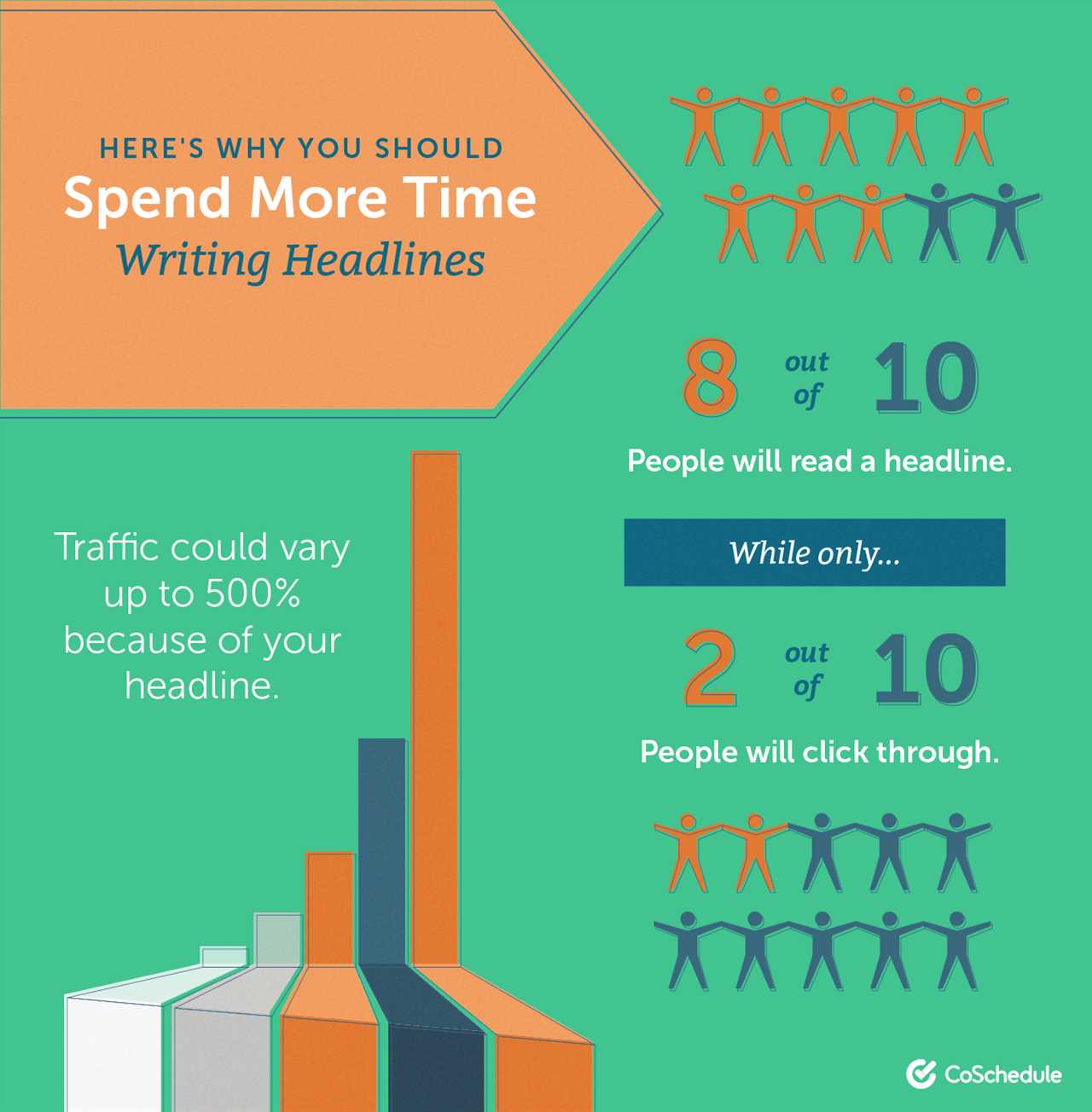
Step #1: Use Specific Numbers and Data in Your Headline
Integrating specific numbers and data into your headline is an effective way to make your article more enticing to readers. Several research studies have shown that headlines with numbers tend to generate more social shares and engagement.

According to Debra Jason, one of the reasons why using numbers works in your headlines is because numbers are like “brain candy.” They are addictive, and our minds can’t get enough of them.
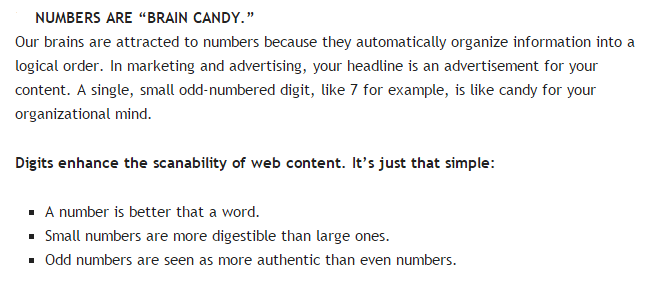
Additionally, it’s very important to understand the science behind odd numbers in particular. Often, you find viral blog posts with seemingly random numbers in the headlines and you may have stopped to wonder why the authors didn’t use even numbers in their list post. For example, from Buzzfeed.com:

According to the Content Marketing Institute, the brain seems to believe odd numbers more than even numbers. Odd numbers help people digest and recall information more easily.
What’s more, when they tested their hypothesis and tweaked their headline to include the number 7, click-through rates increased by 20%.
We’ve also found that instead of using the word “seven,” you should always replace it with the numeral “7” in headlines. Meaning instead of writing “Seven Steps To Start A Home Business,” use “7 Steps To Start a Home-Based Business” to appeal to the number-craving side of our minds.
We’ll also let you in on another secret. If you’re writing a step-by-step guide, don’t include more than nine steps, because the human brain typically finds it difficult to process more than nine items at a time. However, if you’re writing about tools or different ways to do a thing, there is no limit to the number you can use.
Step #2: Utilize a Unique Rationale
I’ve used unique rationales to write great headlines (if I say so myself) that went viral. The word “rationale” simply means “an underlying reason why something should be done.” If you want people to read your content, do you have a good reason why they should?
With 59% of people sharing content without reading it first, we need to make sure our headlines appeal to people who will. To avoid wasting time on content, give people a strong reason why they should click, read and above all: share your content. Businesses that have a blog experience twice as much email traffic as businesses who don’t.
Some of the rationales that you can include in your headlines are:
- Tips ✅
- Reasons ✅
- Lessons ✅
- Tricks ✅
- Ideas ✅
- Ways ✅
- Principles ✅
- Facts ✅
- Secrets ✅
- Strategies ✅
Here are some examples of our rationale in action:
- 5 Tips to Write Blog Introductions Like a Pro
- 15 Lessons I Learned the Hard Way as a 3-Year-Old Blogger
- 8 Principles for Designing a Perfect Landing Page
- 17 Facts About Content Marketing That You Didn’t Know
- 6 Insights to the Future of Search Engine Optimization
- 3 Secrets to Make Your List Post Sing
- 4 Headline Writing Tips to Make Your Titles Soar
Step #3: Call for Attention
The purpose of the headline is to get your viewer to read the first sentence. Every headline should call for attention. “Attention” simply means mental focus and serious concentration on a given task.
Keep in mind that your customers are human beings with thousands of ads, blogs, articles, and more vying for their attention every single day. Unfortunately, people’s attention spans have been decreasing year by year. The average person’s attention span now falls between 12 and 8 seconds.

If you’re a small business owner, one of the ways to acquire and retain customers is by engaging them with great content.
After all, great content always starts with a headline that captures your reader’s attention.
You’ve got to convince your customers and prospects to keep reading. The headline can build that momentum for you.
So, instead of putting all your time and energy into getting email subscribers and making sales, start focusing on using headlines to get people to read the first sentence.
That should be your headline’s true purpose. If you accomplish that goal, the introduction, the subtitles, the bullet points, and the storytelling will take care of the rest and convert the reader into a customer.
Before I show you some simple ways to write headlines that will call for attention, here are four rules to follow. They’re considered the “4 Us” of writing attention-driven headlines:
The four Us are:
- make the headline unique
- be ultra-specific
- convey a sense of urgency
- provide something useful
1) Make the Headline Unique
A blogger friend of mine once told me that anytime he finds a compelling headline while reading, he will tweak it and make it unique for his audience.
“Unique” means being “one of a kind.” In other words, your headline has to be different from others.
But, how do you test for uniqueness?
Simple: plug it into Google and enclose the headline in double quotation marks. Here’s an example:
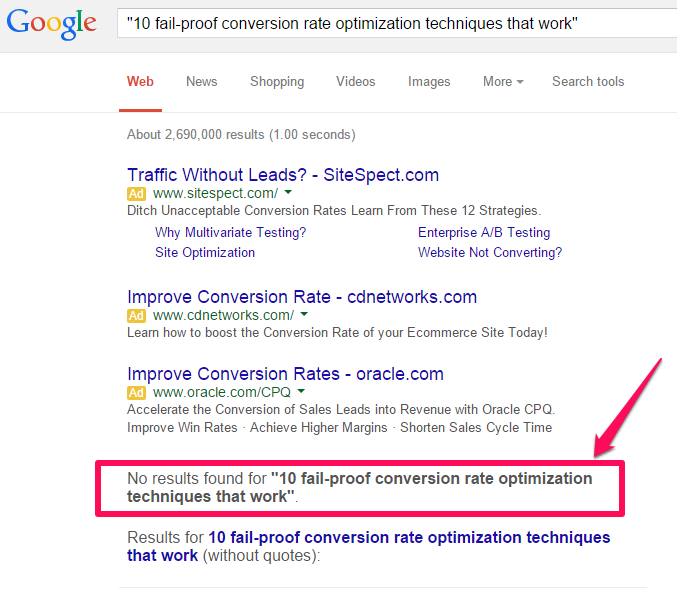
Note: You’ve got to use the double quotation marks in order to get the exact result you want. In the above Google search results, the headline has “no results found.”

Of course, thousands of people may be targeting the same keyword (conversion rate optimization), but your goal is to write a headline that no one else has.
2) Be Ultra-Specific With Your Headlines
The second rule for writing a headline that calls for attention is: be ultra-specific.
Your content’s headline drives every piece that you put out there, no matter what format or platform you use to publish it.
Your prospects have questions and they want answers. If you can provide them with an ultra-specific headline and the answer to their questions, you can convert them into loyal readers and customers.
The more precise you can be, the more authority you’ll command in your industry and the easier you’ll find it to build a strong connection with customers.
There are times when you might want to mask the content’s real purpose from your target audience and use click triggers, such as power words and strong adjectives in your headline.
There’s nothing wrong with this, exactly. However, headlines that are ultra-specific give the reader a sense of what they should expect, when they click to read the content.
Whether you’re an established content marketer or a beginner, you need to set specific and realistic objectives. Don’t confuse your readers with your headline. Avoid vagueness. Get straight to the point.
If you’re sharing five steps to achieve something, go ahead and make it known in the headline. This is another reason why you need to choose your niche carefully.
Unless your blog is about “everything technology,” you don’t have to write headlines on different topics the way Mashable and TechCrunch do.
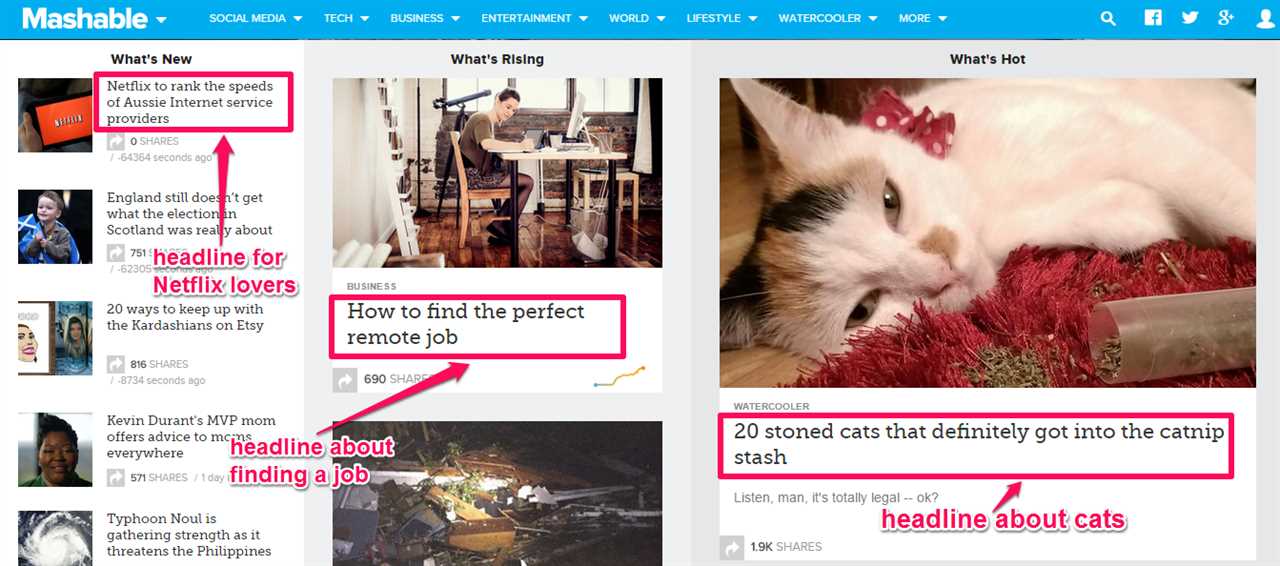
Know your audience and write headlines that indicate your posts will about topics that meet their needs.
So, how do you write such ultra-specific headlines?
Let’s assume that your target keyword is “small business plan.” Here are specific headline variations that would work:
- 3 Simple Steps to Write a Small Business Plan for Beginners
- Top 10 Small Business Plan Templates That Succeeded
- Learn How to Write a Small Business Plan From Scratch
- Step-by-Step Process for Writing a Small Business Plan in 30 Minutes
Do you see how specific the above headlines are? The bolded portions contain phrases that make the entire headline ultra-specific (directed at something). Admittedly, they may not be unique – it’s very difficult to achieve both uniqueness and specificity in a single headline.
Steve Kamb, of NerdFitness.com, writes specific headlines about meals that help you stay fit and healthy.
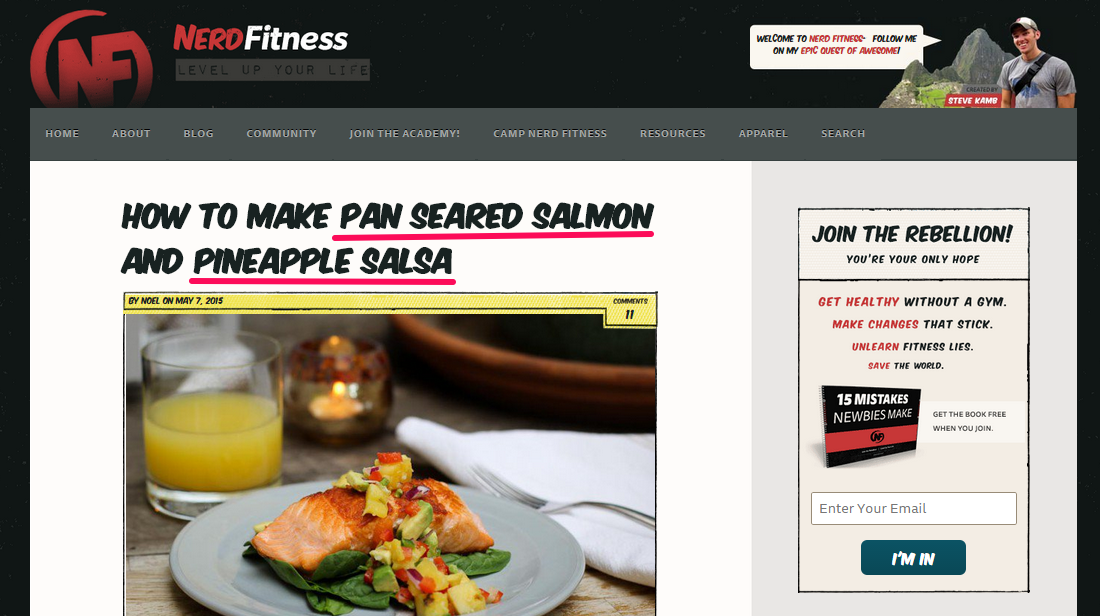
I’ve studied Peep Laja’s headline styles for a long time, as well. He uses only specific titles that help his conversion rate optimization community. Here’s an example:

3) Convey a Sense Of Urgency: Don’t miss out!
Derek Christian, founder of Cleaning Business Today, once said that “effective marketing boils down to creating a fear of losing out on an amazing deal.”
Unless you infuse your headline with urgency, your readers are likely to put off reading your content or possibly bookmark it and never come back to it again. The purpose is to get readers to click your headline now.
Your own case may not be health-related, but we’re all in the same boat. Everybody is looking for the propelling force that will nudge them to do something right now and not put it off until tomorrow or next year. That’s what urgency does, when you use it in your headline writing.
A sense of urgency is not only applicable to content marketing. It cuts across your personal life and productivity as well. Hyatt simplifies it:

Copywriters usually improve conversion rates when they strategically use a sense of urgency in their copy. Potential customers tend to respond quickly, because their psychology is wired to persuade them to buy based on emotions, but to justify that decision based on logic.
Scarcity and urgency are two powerful copy elements that usually go together to produce outstanding results.
Ecommerce sites use urgency and scarcity a lot. This is how Amazon uses both elements, to sell more physical products, especially in the electronics and gadgets category:
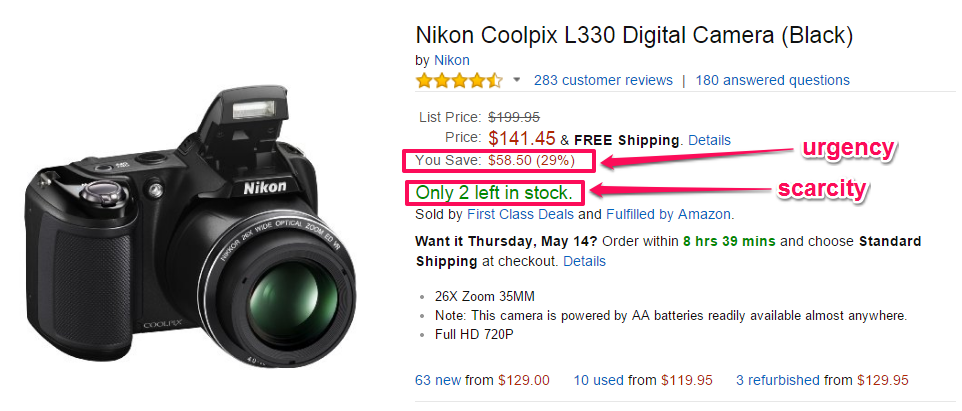
Urgency-based headlines will always grab attention, because it makes the reader anticipate what comes next. Consider Upworthy’s well-known headlines:

Ideally, you want to tailor your message to where your customers are in the decision process.
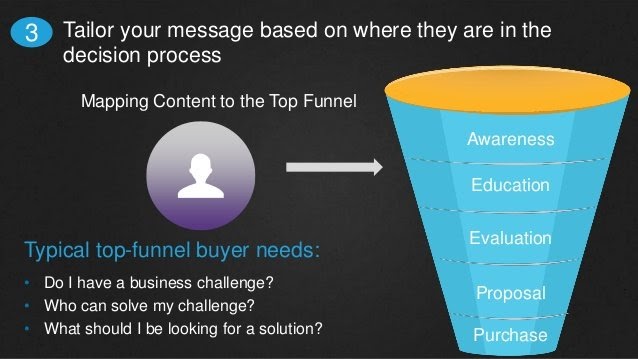
They’re not going to ignore your headline, because they don’t want to miss out on what’s on the other side of the headline. The only way that they can find their answers is to click and read.
4) Provide Something Useful
The last rule that you should definitely follow, if you want your headlines to grab attention and get the job done, is to make them useful. The above three rules – uniqueness, ultra-specific and urgency – all correlate with usefulness.
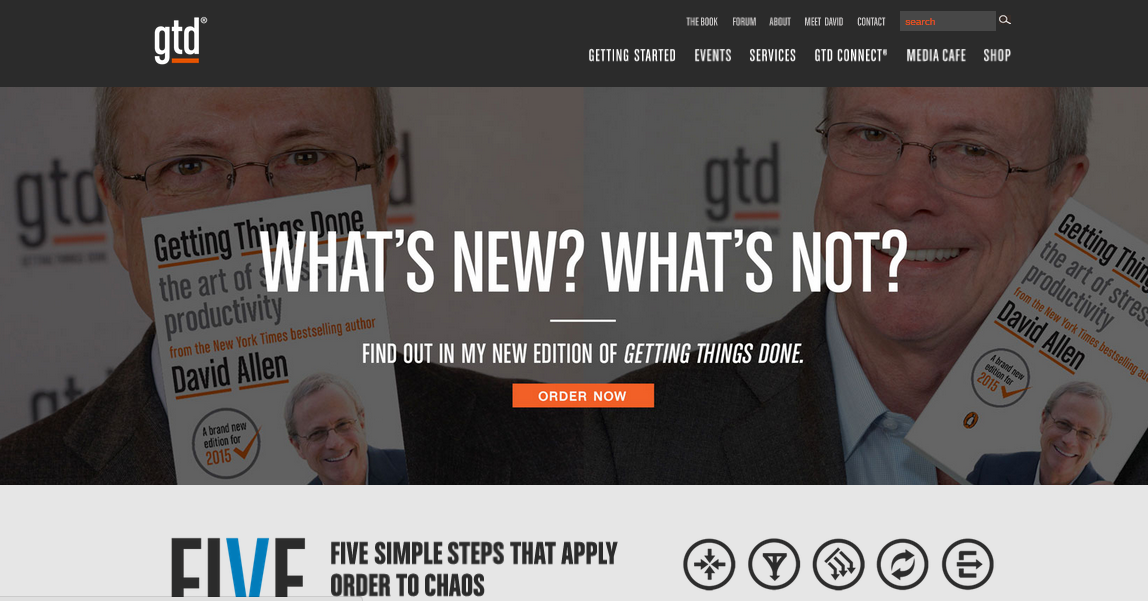
If your headline and content aren’t useful, no matter how much urgency you employ, it will fail. In fact, there is no way to write a specific and unique piece of content, without it being useful at the same time.
Useful can mean several things – practical, helpful, valuable, informative, worthwhile, beneficial, advantageous and so on. The bottom line is to help the readers experience hope, knowing that their problem can still be solved.
Just remember: Don’t forget to include plenty of data in your blog posts, capture screenshots and write in-depth posts, because studies show that content length affects search rankings and conversions. Adding data creates credibility, traffic and above all: usefulness.
Do you understand 4 Us of writing attention-grabbing headlines? Are you ready to put them into action?
It’s time to look at the various ways you can write powerful headlines that generate qualified clicks and leads for your business.
1) State the Obvious in Your Headline:
Write headlines that are easy to understand. The moment a potential reader stumbles on your web page from anywhere, they shouldn’t need any help to figure out what you’re talking about.

I have to point out here that most headlines with a sense of urgency usually lack clarity of purpose. The purpose of the headline is to get people to click, so that you can earn a better ROI. The purpose is not to appear clever or educated.
Another way to confuse readers is to use words and phrases that aren’t common. Readers don’t want to know which university you attended or your academic status (unless you run an educational blog, of course).
Instead, demonstrate your cleverness through your ability to explain complicated issues and make them simpler for the ordinary person.
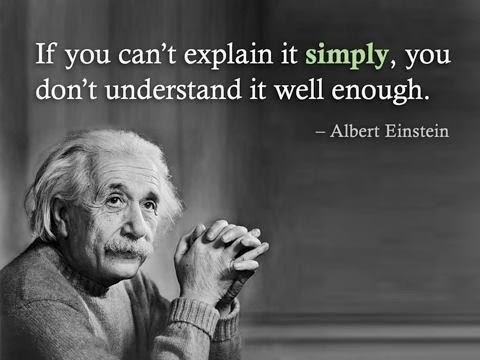
Use simple words to express yourself and convey your message. If your readers are hungry for useful information, don’t ask if they’re famished. Both words mean the same thing. But one is more commonly used than the other (and it’s great for SEO!)
Examples of confusing headlines that you should avoid are:
Don’t use: 12 Meticulous Savings Tips For The Financial Amateur
Instead use: 12 Effective Saving Tips For Those Who Want Extra Cash
Never use: How to Annihilate Inflammation of Skin Due to Unfavorable Weather
But use: How to Get Rid of Acne and Other Annoying Skin Conditions
Never ever use: Top 10 Ubiquitous Places to Find Ravishing Blog Post Theses
Feel free to use: Top 10 Places to Find Useful Blog Post Ideas
Sure, you’ve got to raise the bar in your content. But, always use common words and adjectives that people can relate to. That’s how you can encourage fellow internet marketers, content marketers and bloggers to share your content, especially on LinkedIn.
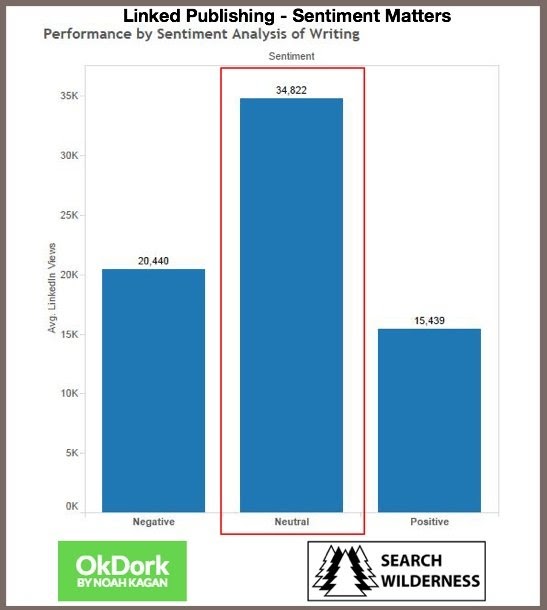
Now take a look at the screenshot below. You’ll notice that this article appears in the Harvard Business Review, but the headline is a bit confusing. Let’s see if we can make it better:
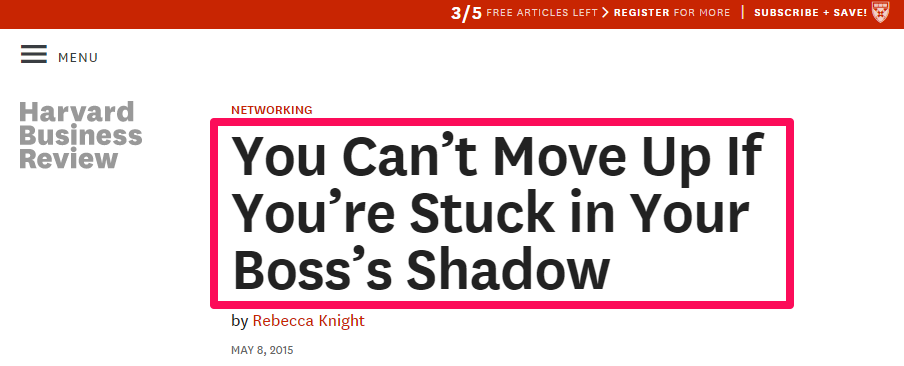
Quick problem: The above headline could be written much more clearly. Let’s do it:
- How To Move Up And Not Get Stuck In Your Boss’s Shadow
- How You Can Move Up Easily in Your Workplace
A typical landing page headline, with both clarity and simplicity, is this one, from Rainmaker.fm:
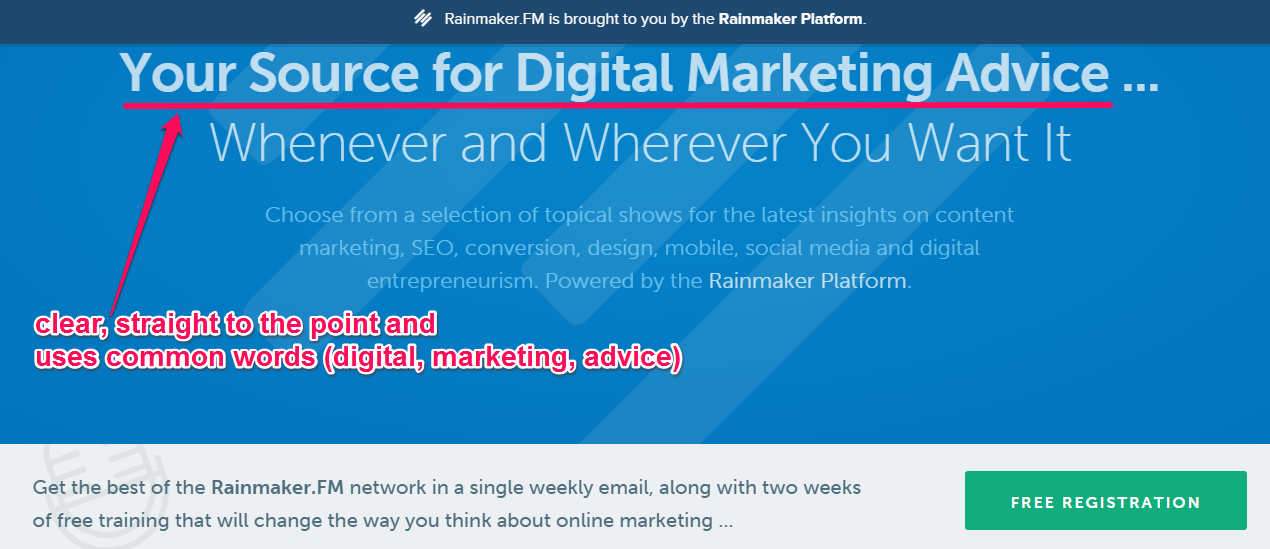
Digital Photography School, a popular content-rich site that was founded by Darren Rowse, has some clear and clickable headlines. Even though the photography niche/industry has some technical terms, the authors ensure they don’t confuse readers.
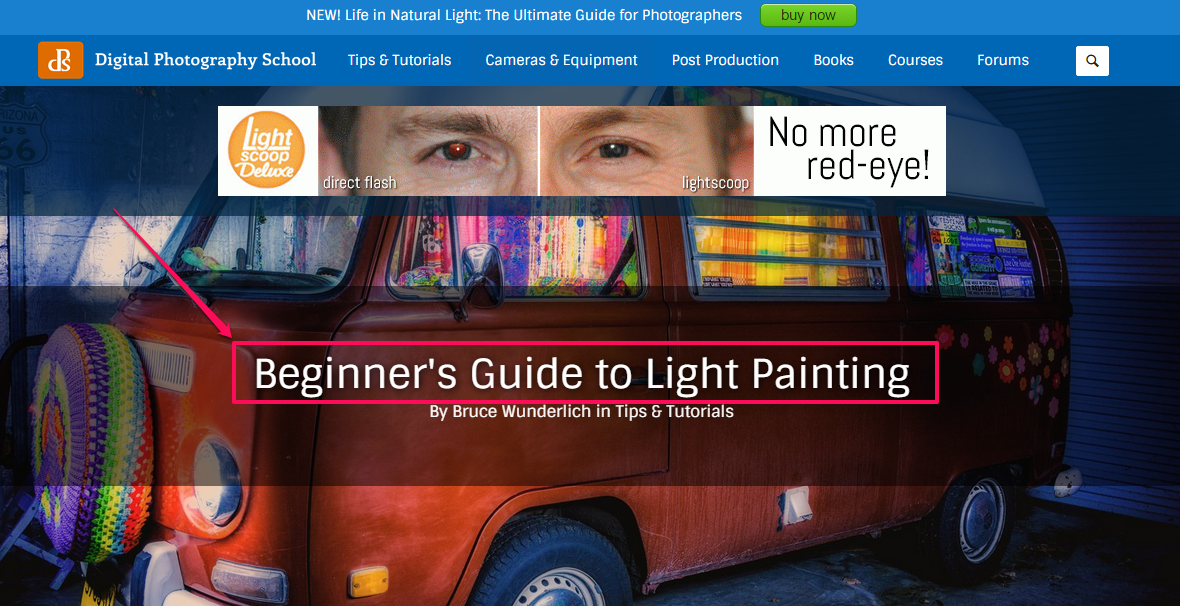
2) Use Interesting Adjectives in Your Headlines
Adjectives are important in both spoken and written English language.
Adjectives are great for emotive writing and pulling your audience along with you on a story, keeping them engaged and interested.
As a content writer, you can use adjectives to give your headline a boost and make it super-attractive to your audience’s needs.
Jeff Goins provided some examples of interesting adjectives that you can use to create your headline:
- Fun
- Painstaking
- Free
- Strange
- Incredible
- Effortless
- Absolute
- Essential
- And so much more…
Here are some headline examples that use the adjectives:
Fun headline:
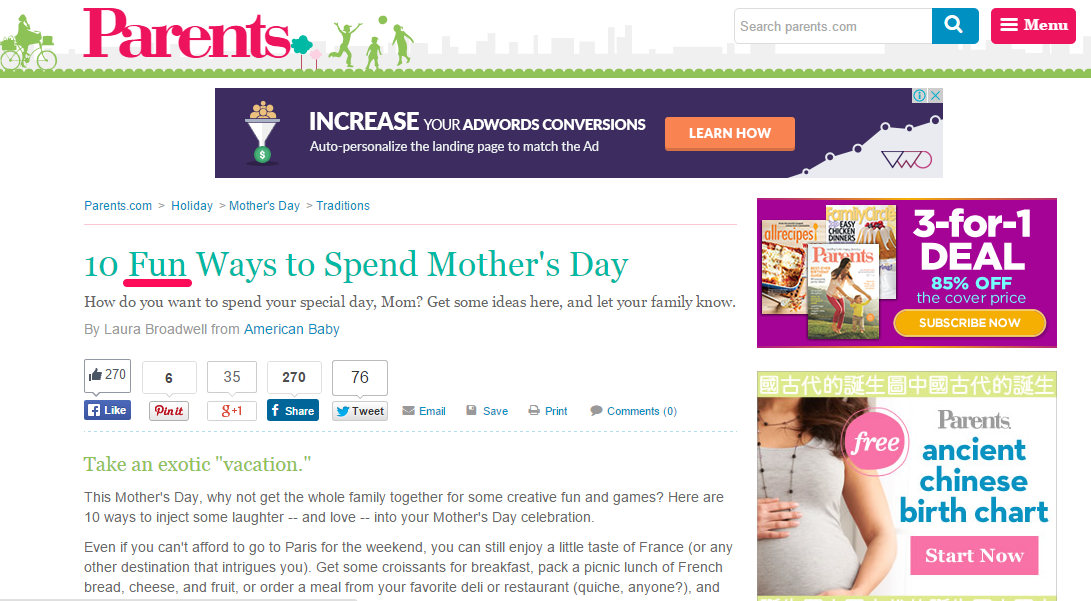
“Incredible” headline, at DPS.com:

And, here is the “free” headline:
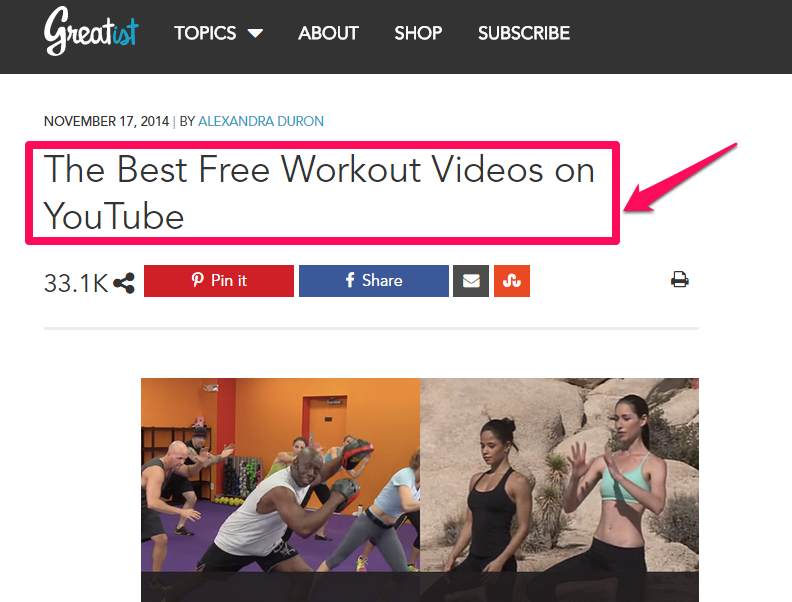
3) Flag the Reader in Your Headlines
Dan Kennedy once introduced the “flagging technique” and it’s a powerful way to write headlines for both copy and blog posts. You already know one of the basic techniques, which involves addressing the readers as “you.”
Personally, I use “you” in a lot of my headlines. I discovered that for every headline that contains ‘you,’ the engagement is very high. The word “you” connects and captivates your readers, on a personal level.
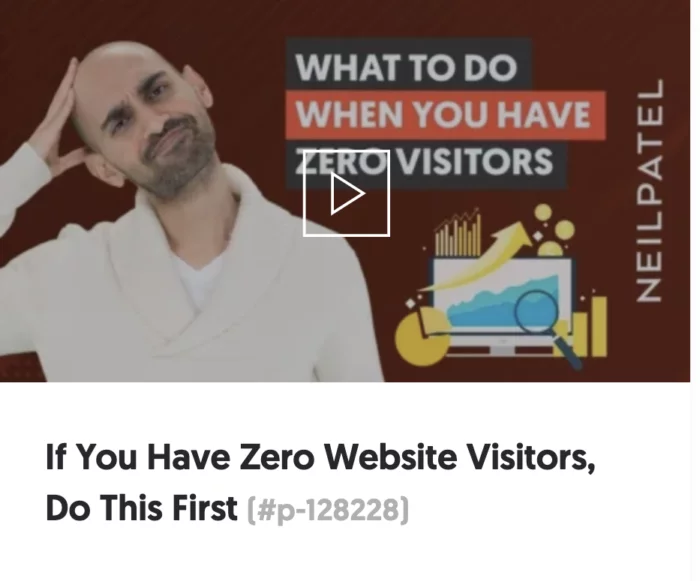
Since the majority of your competitors are also using content to reach and attract customers, you’ve got to reach your prospects on their level, whether you’re a B2B or B2C marketer.
Beyond that, address your readers and write headlines specifically for them. I’ve used this approach several times and it works. Here are examples:
- For Clickbank Affiliates Only: Double Your Affiliate Commission in 15 Minutes a Day
- WordPress Fashion Bloggers: 4 Ways to Secure Your Blog Against Hackers
- Struggling Bloggers: Create an Endless Stream of Content Ideas With This 1 Website
- Calling All Struggling Bloggers: Use These 3 Strategies to Get More Blog Visitors
4) Use Emotional Words in Your Headlines
All words are not created equal. Some words have the power to prompt change, while others simply reaffirm the status quo. Some words can make people cry, while others can evoke joy.
Emotionally impactful words are popularly referred to as “power words.” Here are some emotional power words that you can use to give your readers a pep talk and spur them into action:

Here are a few examples of unique headlines that use some of the power words:
- How to Conquer Writer’s Block in 6 Simple Steps
- Case Study: How Courage Helped Me to Build a 6 Figure Online Business
- The Best Way to Write From Your Heart and Connect With Customers
- Audacity of Content Marketing: 3 Secrets to Outsmart Your Competitors
Note: You can use one or more power words in your headline. But, make sure that they’re useful for the user and read naturally, so you don’t get a Google penalty for “keyword-bombing”.
Be warned, there are people who use emotional words in the wrong way – to deceive and manipulate consumers, or even create “clickbait”– that’s not what we’re trying to do here.
Your purpose is to use power words in the right manner – to increase the conversion rate for your emails, blog posts, copy and adverts. Words have power, so use them wisely.
Appealing to your customer’s emotions should increase your sales and social shares in a significant manner.
Once you understand that, you’ll quit pushing sales messages to them all of the time. Instead, focus on answering their questions. Legit marketing is about building relationships, not chasing customers away.
Your prospect’s brain is hard-wired to repel any message that’s not clear and realistic. However, as you begin to appeal to people emotionally, they’ll be more likely to trust you.
Step #4: Use Headline Formulas
What makes a headline good is it’s structure – aka “the formula.” Every authority blogger and content marketer has one or more formulas for writing headlines.
I have mine and, sometimes, I tweak and test different headlines, before deciding which one works best. When using formulas, make sure to include power words that will get people to buy your product or join your waiting list.
Some bloggers prefer to write their content first, before crafting the headline. I don’t do that. However, there is no hard and fast rule. What works for me may not be the right approach for you.
We’ve addressed some ways to write a powerful headline. But, I also love the way that Bronn outlines a simple approach to make your headlines stand out, using the acronym “SHINE“:
- S – Specificity
- H – Helpfulness
- I – Immediacy
- N – Newsworthiness
- E – Entertainment value
To make it easier for you, consider adopting the headline formula used by many fitness experts. They first identify the problem, then offer a solution and then make a promise.
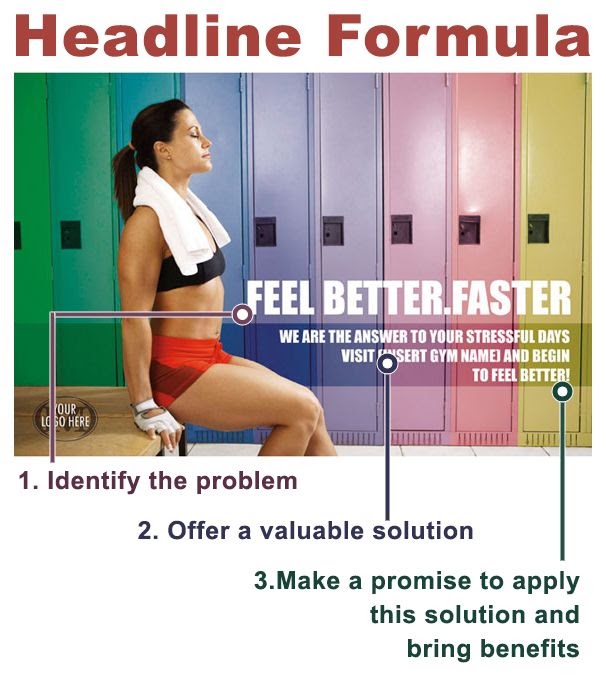
John Caples’ headline formulas also include these three components. Here’s another example:

Lars Lofgren advises that you:

That’s not all. There are plenty of easy solutions to powerful headlines, such as:
1) The “Little Known Ways” Formula
How many times have you used this formula to write a catchy headline? Each of the words in the formula is emotionally driven. These types of headlines usually pop into people’s minds, even well after they’ve seen them.
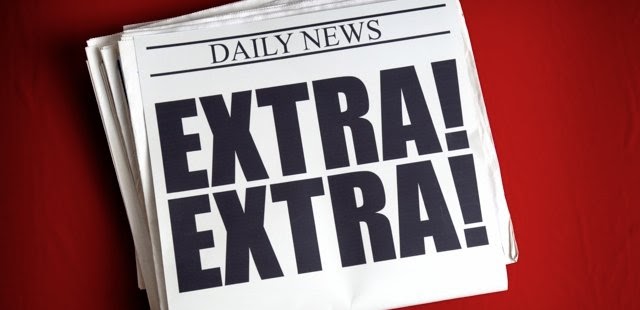
People like simplicity and appreciate when little things build up to something significant. Big Data is the by-product of little data, collected over time, eventually becoming a giant database of data.
Here are a few “little known ways” headlines digital marketers are likely to use:
- 3 Little-Known Steps to Monetize a Brand New Blog Successfully
- How These 5 Little Known Secrets Increased My Search Traffic by 54%
- 17 Little-Known Ways to Increase Conversion Rate
2) The “Get Rid of [Problem] Once and For All” Formula
Who wouldn’t want to permanently get rid of an annoying problem that they’re faced with on a daily basis? When you write your headlines with this strategy in mind, you’ll captivate your audience from start to finish, because they want to know the secret, too.
This headline formula is mostly applicable in the health industry, where people are looking to treat, cure, remedy or alleviate a physical problem – e.g., acne, skin scars, high blood pressure, eczema, bad breath, etc.

This is quite similar to the formula introduced by Sherice Jacob, known as “How to Survive Your First [put the topic here].” Headlines that promise to help the reader get rid of a particular problem will persuade the reader to take three steps:
- Click the headline
- Read the first paragraph to determine if you truly have the answer
- Read through to the end or scroll down and take action
Even though the “Get rid of” headline formula is mostly used in healthcare niches, you can reverse-engineer it and still use it in online marketing topics, such as blogging, CRO, affiliate marketing, self-publishing, SEO, social media, web traffic and so on.

Here are examples:
- How to Get Rid of Content Marketing Failure and Drive Search Traffic
- Stop Wasting Time: Get Rid of Flashy Social Media Tools and Get More Done
- 7 Smart Ways to Get Rid of Affiliate Marketing Struggle and Make More Money
The “get rid of” headline formula usually goes viral, especially when promoted strategically by the author.
3) The “Who Else Wants” Formula
This headline style works because it asks a question and the right question usually generates the right answer.
The formula brings your target audience into the discussion and makes them feel comfortable; it’s like you are there having a conversation with them. Copywriters often ask several questions in their copy, just to get the targeted customer to pause and consider the product; the same principles apply to headlines, too.
Just like finding and sharing timely content and including at least one image in your post, simply asking the right question can increase your social shares and engagement level.
Here are some examples of the “who else wants” headline formula:
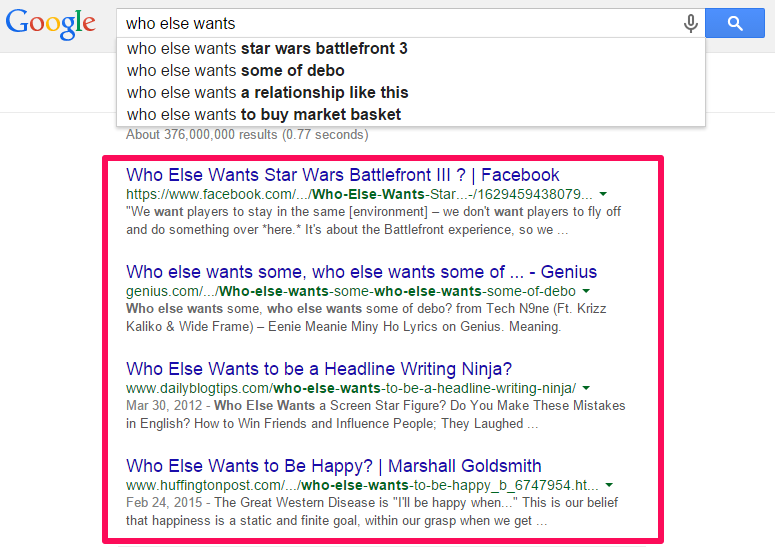
Some of the headlines that you can tweak, to appeal to your target audience are:
- Who Else Wants to Learn About Conversion Rate Optimization [Step-by-Step]?
- Who Else Wants the 6 Steps to Master A/B Split Testing?
- Who Else Want to Raise Capital for a New Startup?
Step #5: Measure Your Headline’s Success
People love to share articles that are lengthy (usually 2000+ words). But, as a smart marketer, you wouldn’t simply assume that longer posts would work for you. The best way to make your own decision is to write a similar, in-depth article and see how it goes.

What’s the benefit of using a headline formula or rule that doesn’t produce results for you?
It’s essential for you to measure your headline success. You want to make sure that your time isn’t wasted – or your money, if you hired a professional to write the content.
You can measure content and headline success through:
i). Client/customer inquiries: Within a period of 2 – 3 months, did your content generate any client inquiries? It doesn’t have to be much. But, the very fact that you got a handful of clients is a sure signal that your headline style is working. All you’ve got to do is just optimize and improve it.
ii). Social media stats: Are people commenting, liking, and sharing your content? Most social media platforms provide engagement statistics at the click of a button, and it’s important to keep your eye on what your audience enjoys the most.
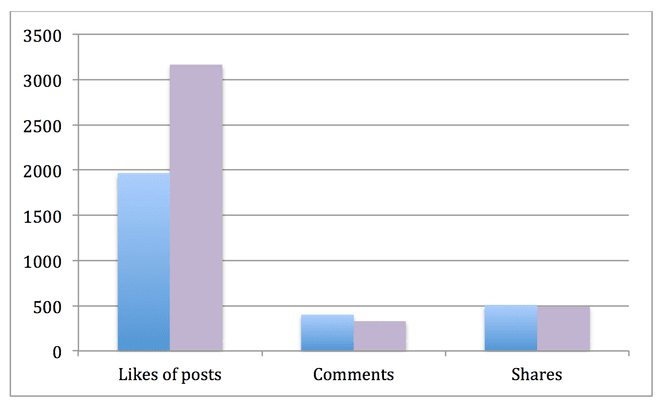
By making social sharing buttons visible you can increase engagement by 7x, especially when the post is insightful.
iii) Other forms of digital statistics: Another thing that you may want to measure is the amount of inbound links that you generate through your powerful headlines and content.
Editorial links are the best kinds of links to get, because you don’t ask for them. And, they mainly appear within content, thus passing significant SEO value to your web pages and improving your search rankings.
iv) Measure direct responses: A lot of content producers prefer to turn comments off, but really they can be a brilliant way of generating and following up on leads, engaging with your audience and seeing which articles are working and which aren’t.
If you have a piece of content generating insane amounts of comments, it means you’ve done something right.
Figure out what’s delivering your success, and repeat it. Maximize your powerful headlines.
Powerful Headlines Frequently Asked Questions
Why are powerful headlines important?
The average person has an 8 second attention span, and you need to pull your audience in from the second they start reading – you can do this by following our 5 step headline guide.
How can I get more people to see my article?
It often involves a combination of marketing techniques including SEO and “being in the right place at the right time”. One easy life-hack to improve conversion rates is using emotive language or numerals in your headlines.
What makes an article interesting for a user?
It’s often as simple as using the 4 Us detailed in this article. Uniqueness, ultra-specific copy, conveying a sense of urgency and above all: providing something useful to your readers.
How to Write Headlines Conclusion
With new and emerging content marketing strategies emerging everyday, it’s becoming difficult to focus on what works. This is why smart digital marketers are disciplined. They understand the importance of great content and whether it generates search traffic and leads.
It’s a given that the headline is an integral element of your content, no matter what format the content may take. Then, you can focus on making the introduction, subtitles, bullet points, and call to action equally important.
Your overall focus should be to educate prospects and customers, by teaching them new things. It’s not enough that they click your headline. They need to read the information you’ve provided them in the body of your content, as well.
The best approach is to use storytelling and data-driven content to build your authority, while solving their problem. Above all, be consistent and keep learning new ways to turn a good headline into a catchy headline that begs to be shared.
Do you have any other headline writing tips? What’s been most helpful for you in producing great headlines?






